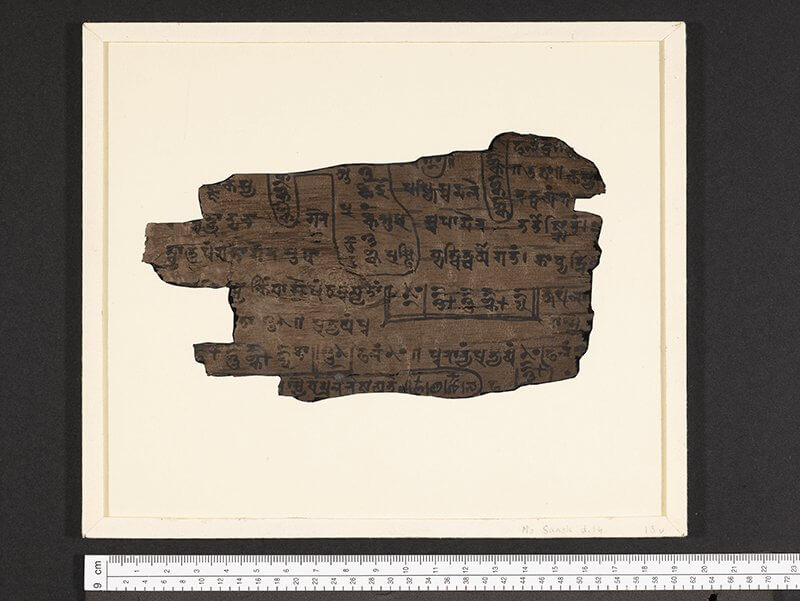Untitled Zero Project
Synopsis: The search for the origins of zero, the most important symbol ever invented. Once banned by the early Christian churched who found the concept of nothingness sacrilegious, zero is one of the greatest breakthroughs in the history of mathematics and might have been rooted in the Buddhist philosophy of emptiness, shunyata.

The Bakhshali Manuscript
Scientists from the University of Oxford’s Bodleian Libraries, have used carbon dating to trace the figure’s origins to the famous ancient Indian scroll, the Bakhshali manuscript. The text dates back to the third or fourth century, making it the oldest recorded use of the symbol.The research was commissioned by Bodleian Libraries, where the manuscript has been held since 1902. The text was found to contain hundreds of zeroes, and the landmark finding puts the birth of ‘zero’ or ‘nought’ as it is also known, at 500 years earlier than scholars first thought.The concept of the symbol as we know and use it today, began as a simple dot, which was widely used as a ‘placeholder’ to represent orders of magnitude in the ancient Indian numbers system – for example 10s, 100s and 1000s. It features prominently in the Bakhshali manuscript, which is widely acknowledged as the oldest Indian mathematical text.